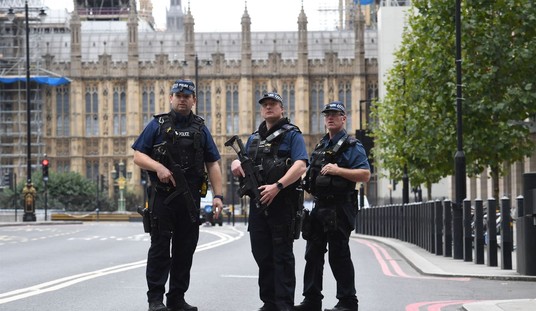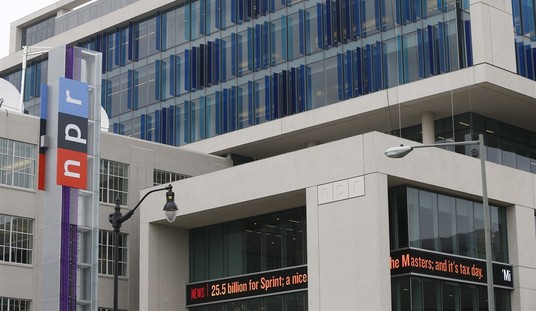BERLIN -- The sun shines bright on an unusually warm day for early June. Men, women and children in t-shirts arrayed in black, red and gold, the national colors, celebrate the German national soccer team playing for the World Cup in South Africa.
A visitor, untutored in the rules of the game, can tell from the spontaneous roars from all over the city that the game is going well. Diners at outdoor cafes watch television screens while nibbling a wurst and sipping a beer. Children dart between tables with ice cream cones, squealing with laughter, delighted to be staying up late even though there's school the next day. There's a distinct full-throated roar -- it seems to come from everywhere -- every time Germany scores a goal. There are four such roars as the Australians are shut out, 4 to 0.

Berlin 2010 easily escapes from its history into the pleasure of the competitive moment. But in this very cosmopolitan of European cities, there are abundant reminders of a different kind of German experience, when very different collective feelings prevailed.
A new museum puts these reminders of the Third Reich on exhibit, recalling the terror that was once the operating force in Berlin. The most ominous reminder of all, the headquarters of Hitler's Gestapo, which was bombed during Word War II and languished in ruins until it was destroyed in 1956, is the site of the "Topography of Terror."
Intentionally modest in its architecture, the museum is ambitious in its aims to document Nazi crimes that took place here. Between 1933 and 1945, the building at Prinz-Albrecht-Strasse (now Neiderkirchnerstrasse) became the Nazi apparatus for terror, torture and murder. The emphasis of the museum is on the "perpetrators" of evil rather than on their victims. Memorials to the victims proliferate throughout the city.
Recommended
The dominant photographs in the Topo (as the museum is called by those who work there) give the perpetrators, in the words of Andreas Nachama, the museum executive director, "a concrete face, stripping them of anonymity and mythology." The photographs show them in the offices where they drew up the plans and the orders for state murder.
Here are bosses and bureaucrats, big men and ciphers, carrying out a program of mass terror. Anyone summoned to appear at Gestapo headquarters knew his life (and the lives of loved ones) were soon to be changed radically, and probably snuffed. The Gestapo interrogated political opponents along with journalists, artists, performers and any citizen slightly suspected of having criticized the regime. Here the bureaucrats organized the Holocaust as they expanded the roster of the doomed from Jews to gypsies to homosexuals and others, all declared to be "enemies of the state and the people."
In the documentary photographs, Hermann Goering -- his barrel chest and ample belly puffed up like a frog engorged with a supper of insects -- hands over leadership of the Gestapo to the less imposing but no less effective Heinrich Himmler. We are meant to look beyond what we see. Surrounded by reminders of human wickedness, we reflect on what kind of men -- Reinhard Heydrich and Adolf Eichmann, and many others like them -- could perpetuate such evil in the midst of an "enlightened" culture. It's not without irony that a strip of the Berlin Wall, another historical marker of human depravity, runs at the entrance to Topo.
A new exhibition at the Topography of Terror opens next week called "The Face of the Ghetto: Pictures taken by Jewish Photographers in the Litzmannstadt Ghetto, 1940-1944." This time the victims of the perpetrators are shown through the lenses of Jewish photographers, whom the Nazis appointed to document life in the ghetto.
The photographers, working under the scrutiny of the SS, manage to show flashes of personal dignity in lives of cruelty and misery: weddings, children at class, emaciated laborers and frail youngsters at play, all clinging to life against the prospect of doom. The Nazis in their methodical diabolism wanted to document what they were doing, ostensibly to elevate their "superior" position despite what the grainy black and white photographs would reveal about them. The photographs make up a rare archive of the human experience of evil and the human will to live.
"You have to look closely to see what the Nazis want you to see and what the Jewish photographers are able to reveal in spite of their terrible conditions," says Thomas Lutz, curator of the exhibition, as he walks me through the exhibits. "You have to see what these photographs show and what they hide." This time, there are no roars from the crowd.

























Join the conversation as a VIP Member